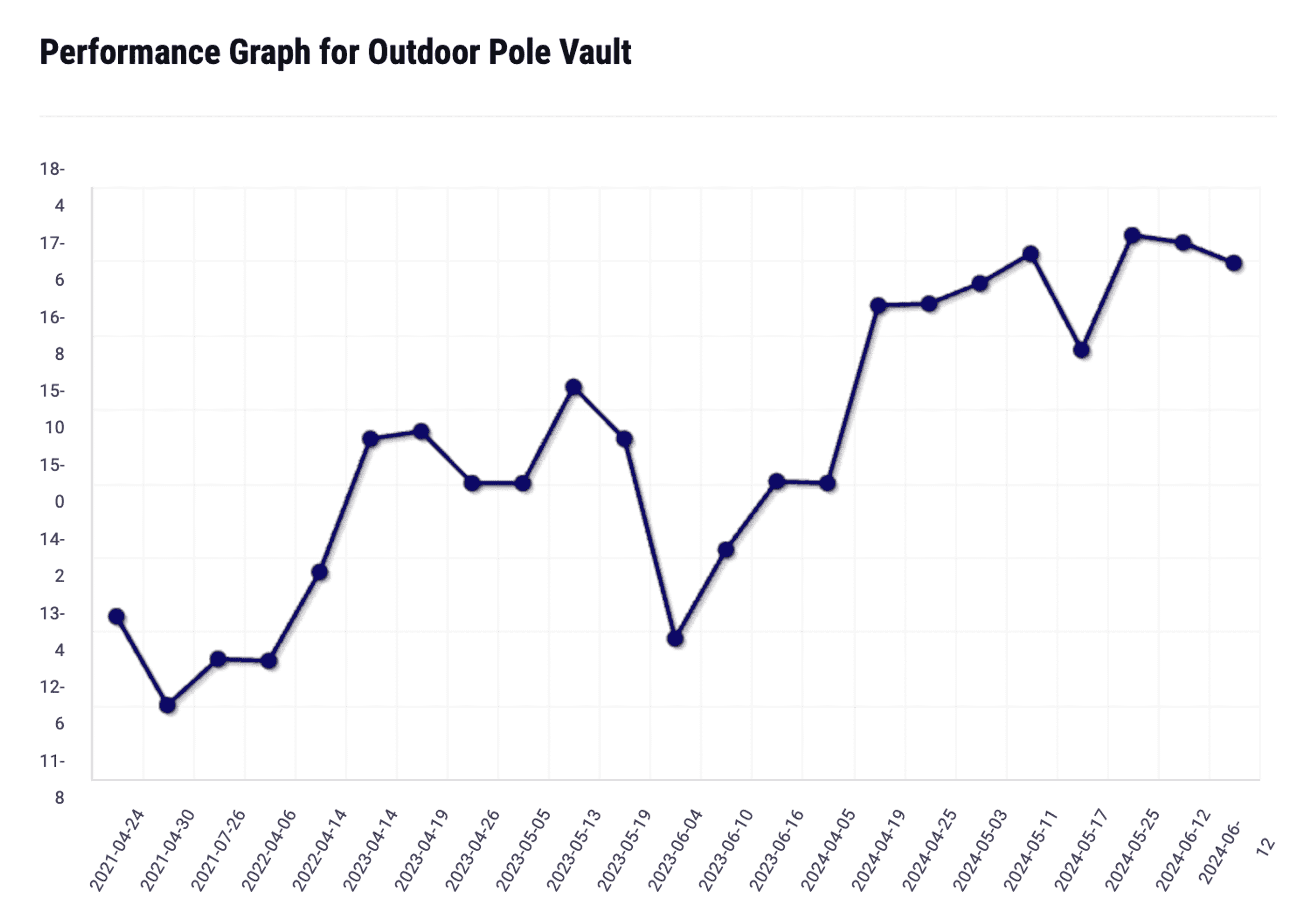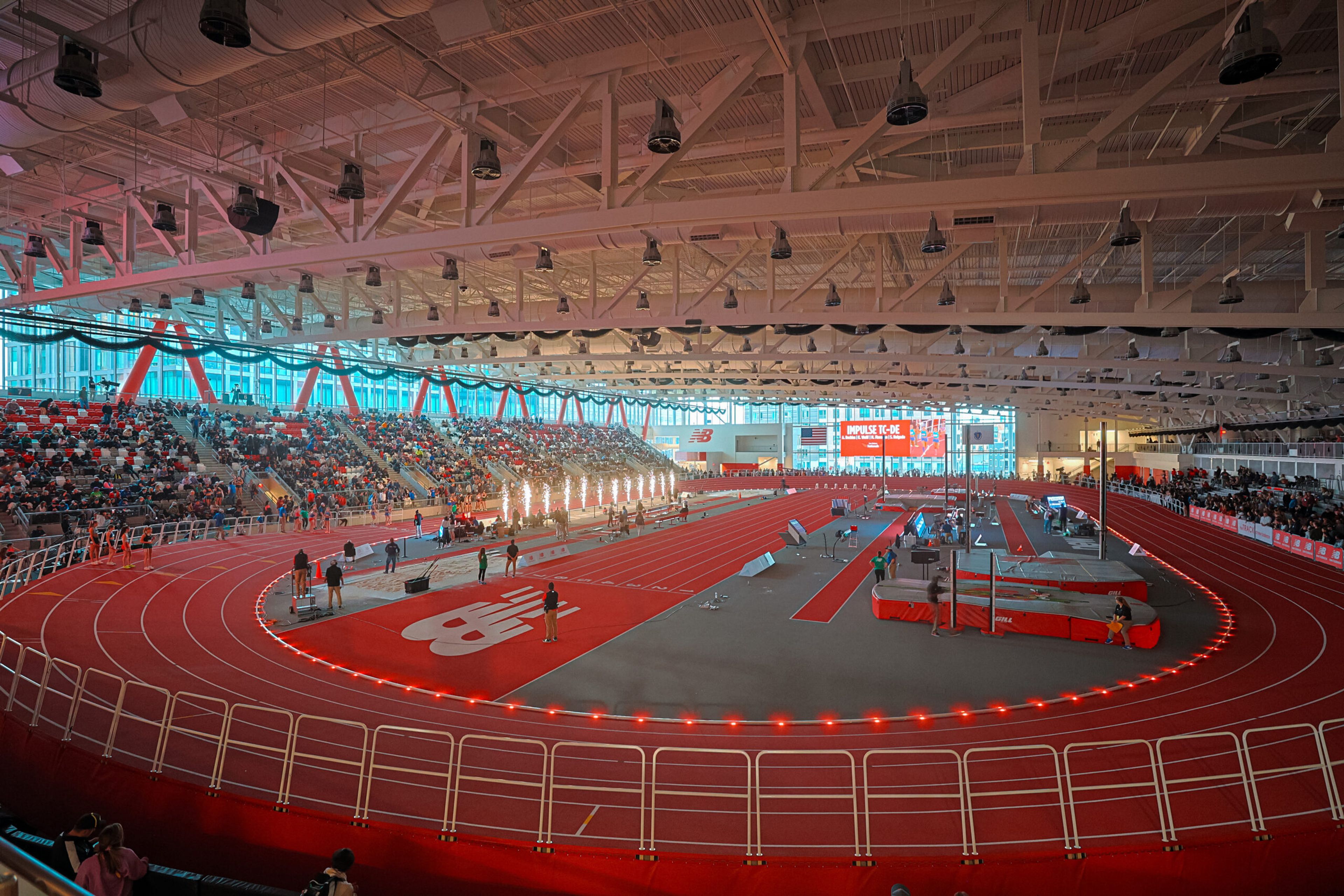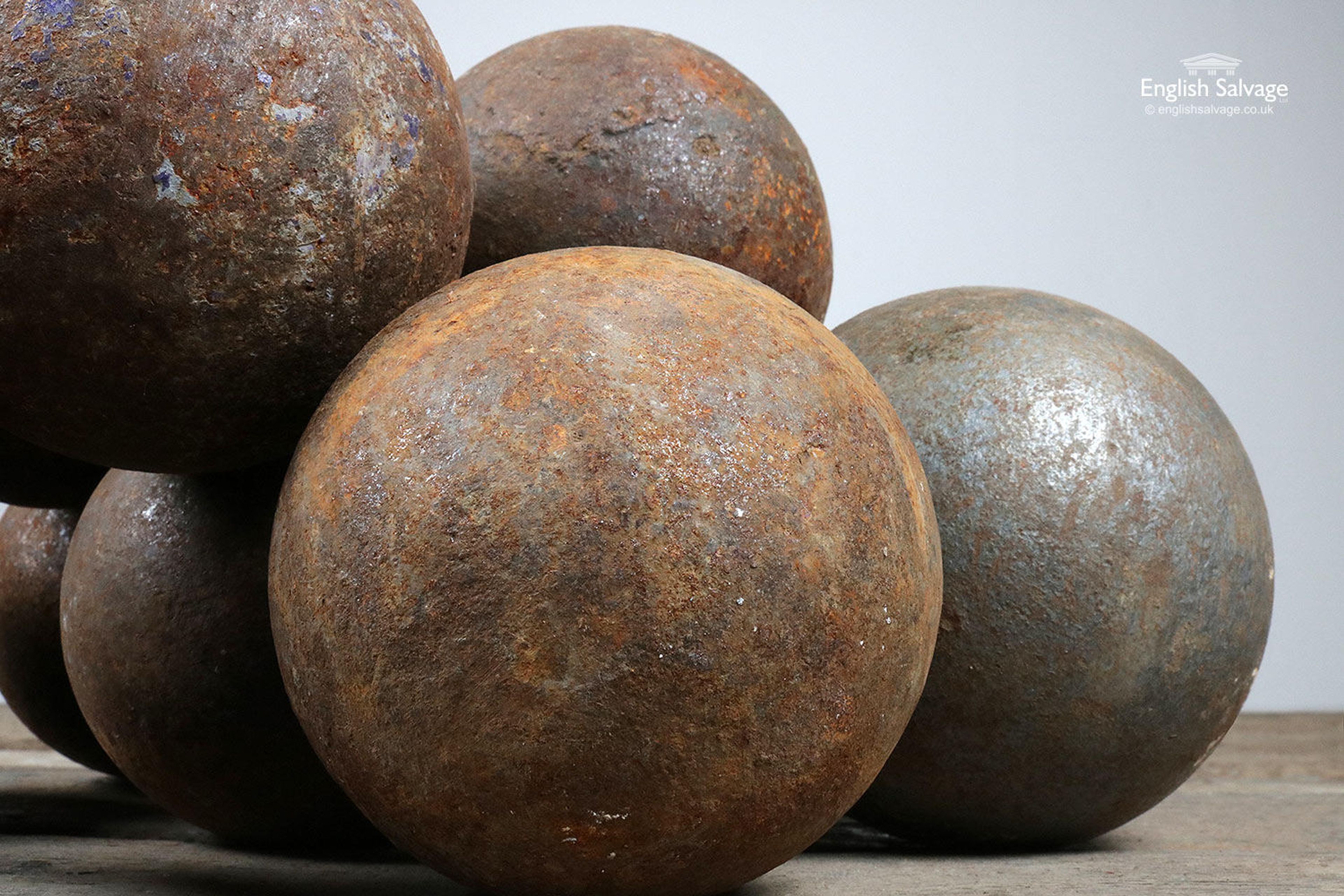What is a PR in Track and Field?
Learn about PRs (Personal Records) in track and field, how they measure an athlete's best performance, and why they are crucial for tracking progress.
What is a PR in Track?
In track and field, PR stands for Personal Record, referring to the best performance an athlete has ever achieved in a specific event. Whether it’s running, jumping, or throwing, a PR is a personal milestone, reflecting an individual’s progress and improvement. PRs are a key motivator for athletes at all levels, from high school to the professional stage, as they signify personal growth and dedication to their sport.

The Importance of PRs in Track and Field
For athletes, coaches, and fans, a PR is more than just a number. It’s a measure of hard work and progress. While official records like world records, national records, and meet records are celebrated globally, PRs focus on personal achievement. They represent an individual’s highest peak in a particular event, regardless of their ranking against others.
PRs are also important because they allow athletes to monitor their growth over time. Coaches often use them to adjust training programs, set goals, and determine an athlete’s potential. In competition, breaking a PR can provide a significant confidence boost and motivation for future events.
PRs Across High School, College, and Professional Levels
How PRs are tracked can vary depending on the level of competition:
High School: In high school, athletes tend to talk more loosely about their PRs. While some performances are formally recorded, there is less scrutiny, and PRs may not always reflect sanctioned meets.
College: At the collegiate level, tracking is far more formalized. Websites like Milesplit and TFRRS (Track & Field Results Reporting System) document official performances from meets, making PRs more structured and verified. Every meet counts, and PRs are strictly monitored for accuracy.
Professional: Professional athletes’ PRs are recorded but may be less accessible due to competitions that are not always documented online. Professionals might compete in open college events, street vaults, or other less-publicized competitions. While these events are still sanctioned, the results aren’t always easy to find, meaning PRs at this level may not always be publicly available.
Indoor vs. Outdoor PRs
Another important distinction in track and field is between indoor and outdoor PRs. These performances are separated because the conditions between the two settings differ significantly. Indoor tracks are shorter, usually 200 meters, compared to outdoor tracks that are typically 400 meters. Weather, surface type, and other environmental factors can also influence an athlete's performance. As a result, athletes track separate PRs for indoor and outdoor competitions, and many will aim to improve both as they progress through their careers.
PRs Only Count in Official Meets
In track and field culture, PRs are only valid when achieved during official competitions. Informal or unsanctioned performances don’t count toward an athlete’s PR. This is why high school athletes may casually claim PRs that aren’t always backed by formal competition results, but at the collegiate and professional levels, everything is tracked rigorously. Competitions must be sanctioned by governing bodies, ensuring a level of consistency and fairness in measuring PRs.
The Role of PRs in Goal Setting
For athletes, PRs serve as both a motivator and a goal-setting tool. Whether it’s a high school runner shaving a few seconds off their 100m dash or a pole vaulter clearing a higher bar than ever before, PRs represent progress. Athletes often set their sights on surpassing their PRs, and this pursuit helps keep their training focused and challenging.
At the same time, PRs also guide athletes and coaches in setting realistic goals. A long jumper aiming for a new PR will base their training and competition strategies on their current performance levels, striving for incremental improvements while avoiding burnout or injury.
How PRs Are Celebrated
PRs are celebrated differently depending on the stage of an athlete’s career. In high school and college, athletes often share their PRs on social media or use them as benchmarks in their recruiting profiles. Colleges and professional teams look at an athlete’s PRs to gauge their potential and athletic development. For professionals, PRs are often tied to sponsorships and media recognition. Surpassing a PR at a major competition could lead to more opportunities for endorsements and invites to elite events.
In Summary
PRs are a critical element of track and field, marking personal milestones and reflecting individual progress. Whether competing at a high school meet, a collegiate championship, or a professional event, athletes constantly strive to break their PRs, pushing their limits and improving their skills. Tracking PRs, especially through official websites and meet results, ensures accuracy and legitimacy in an athlete's journey. PRs are not just a number—they represent the culmination of dedication, hard work, and passion for the sport.









